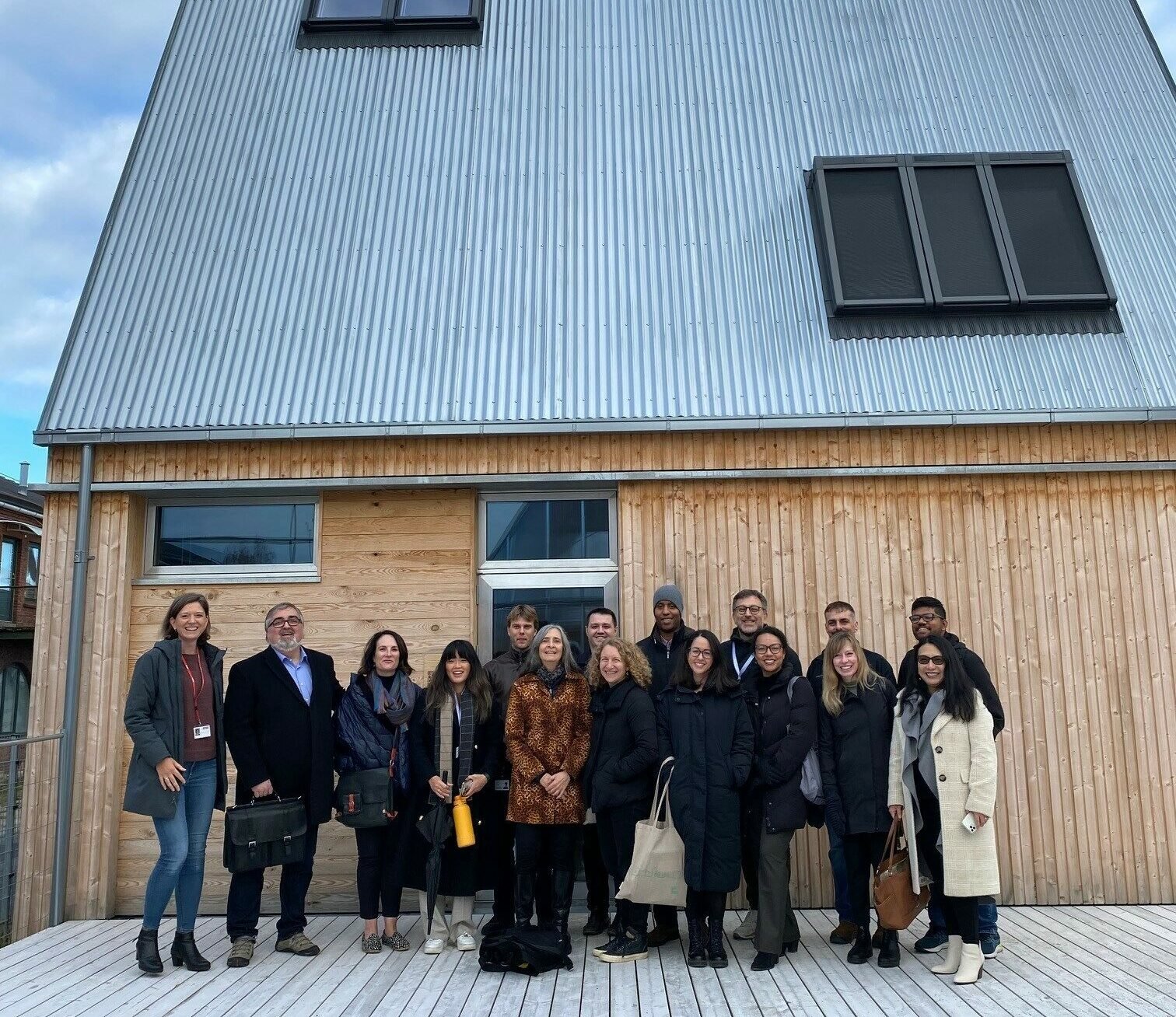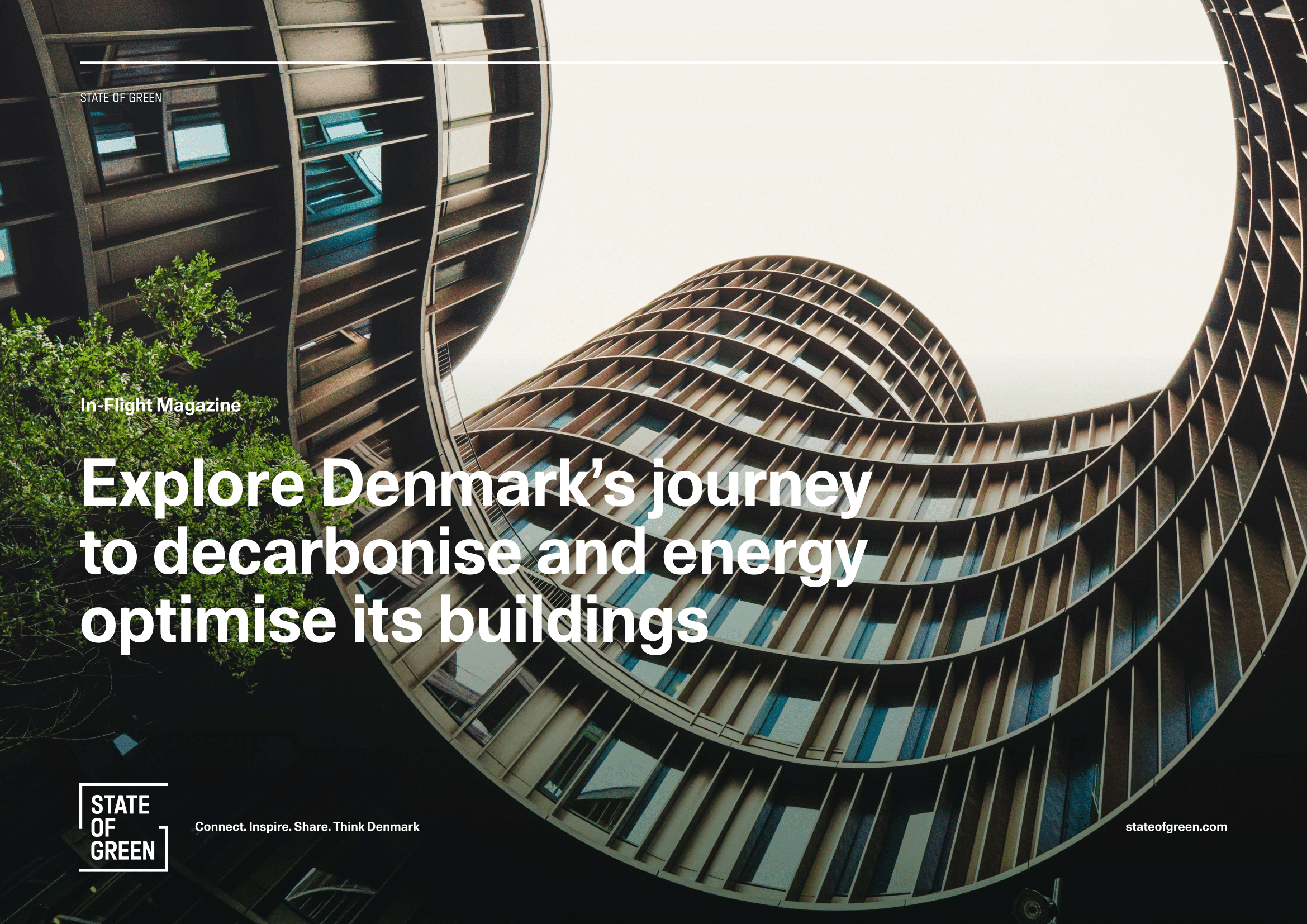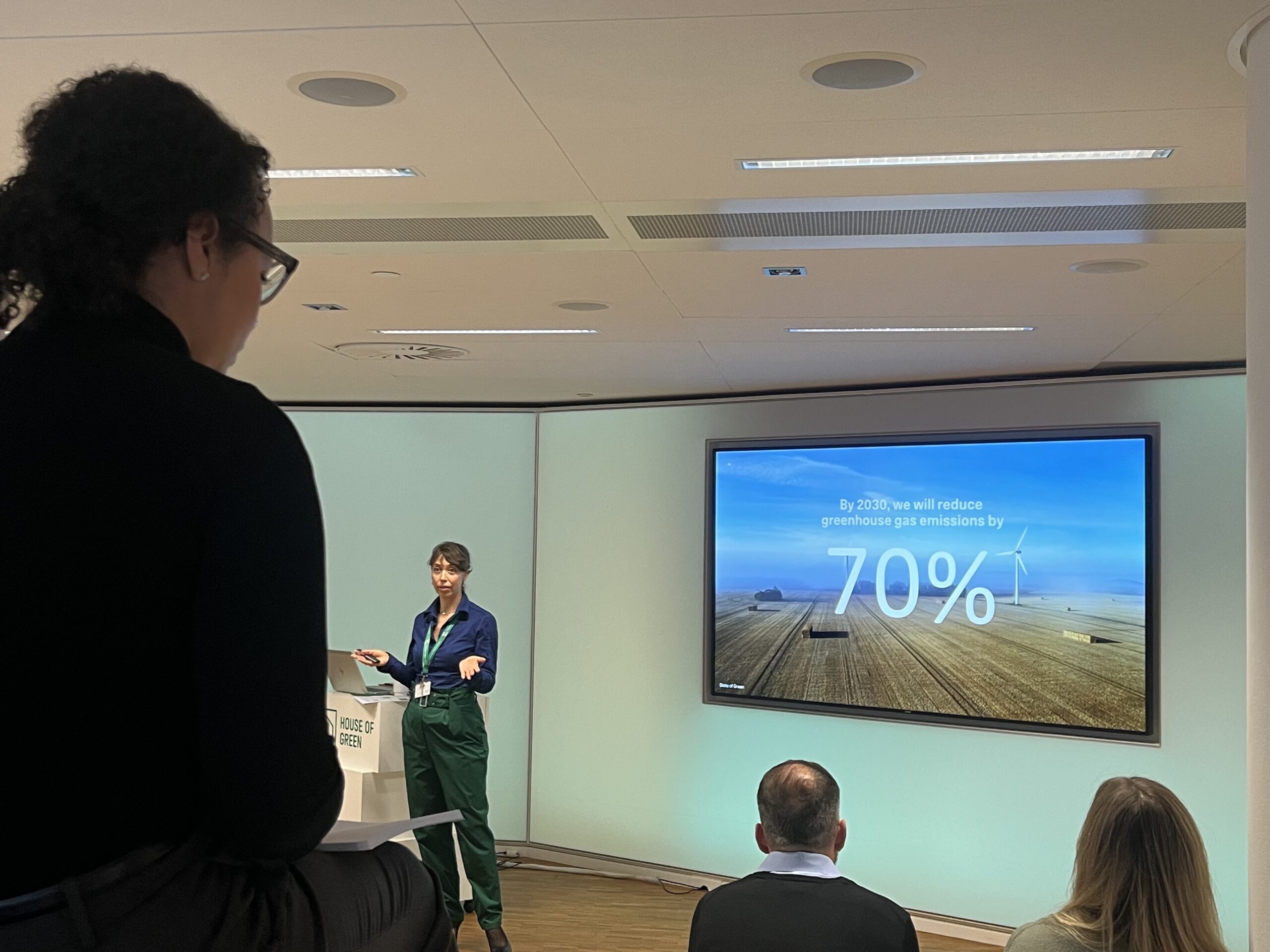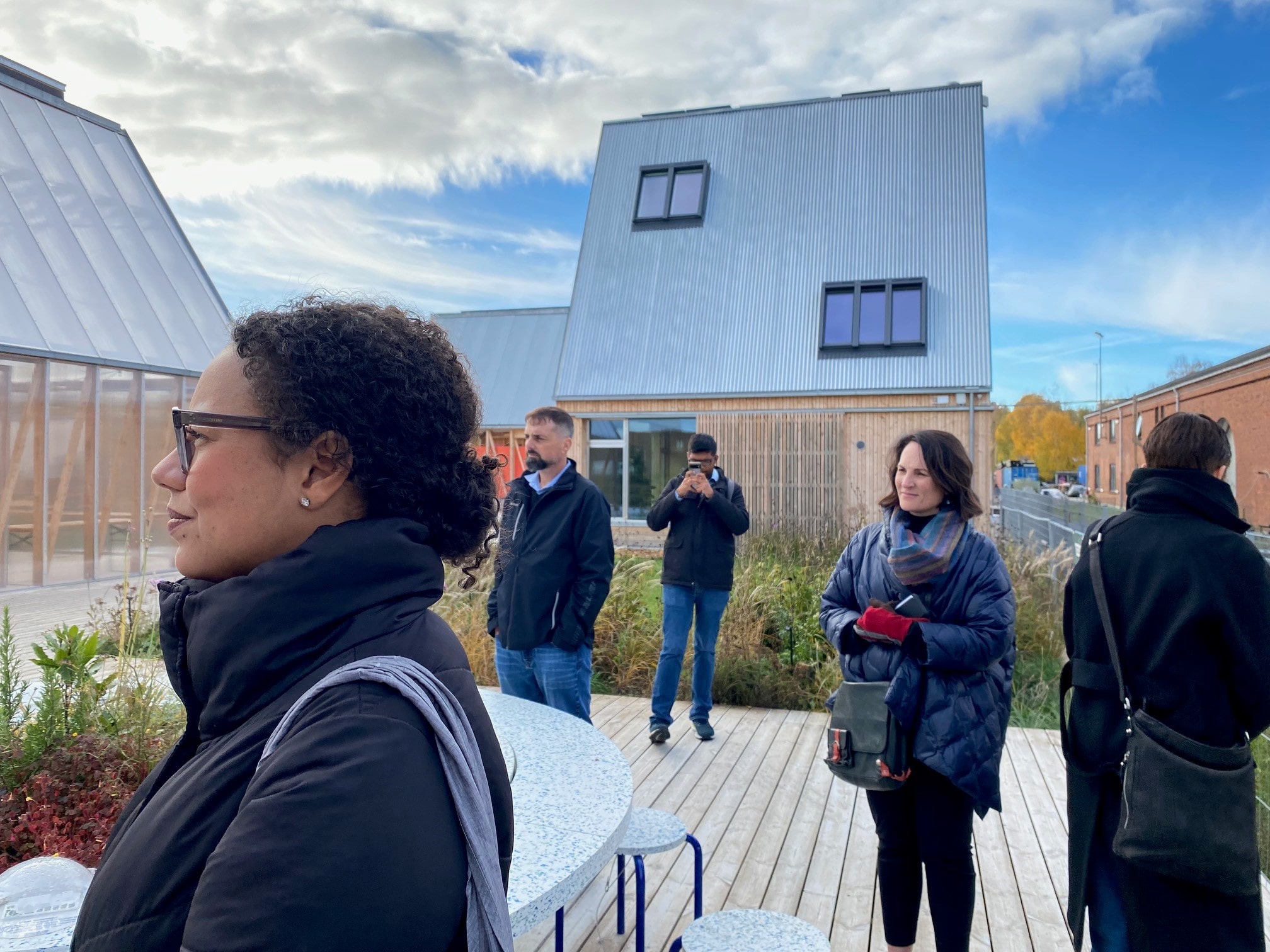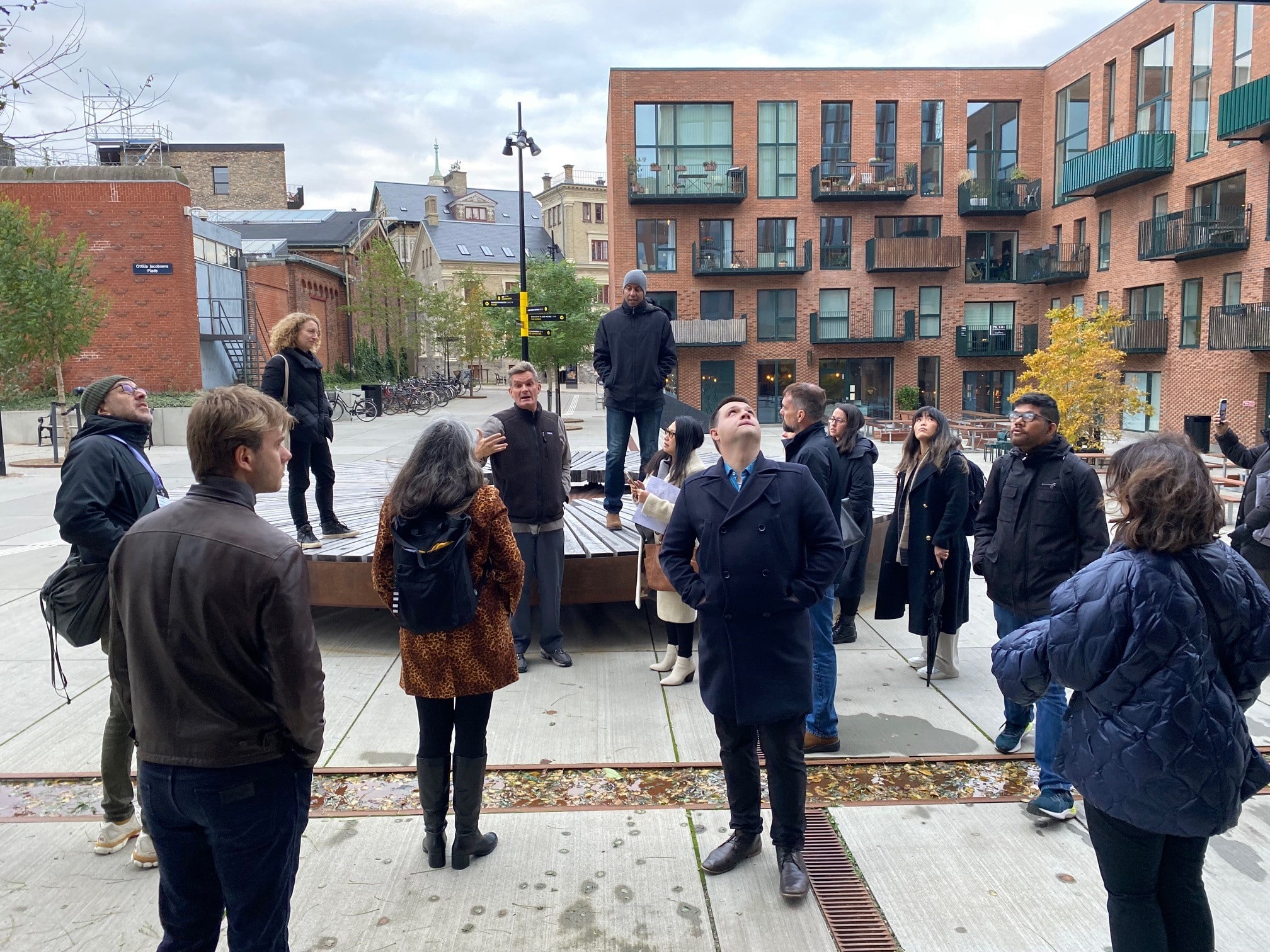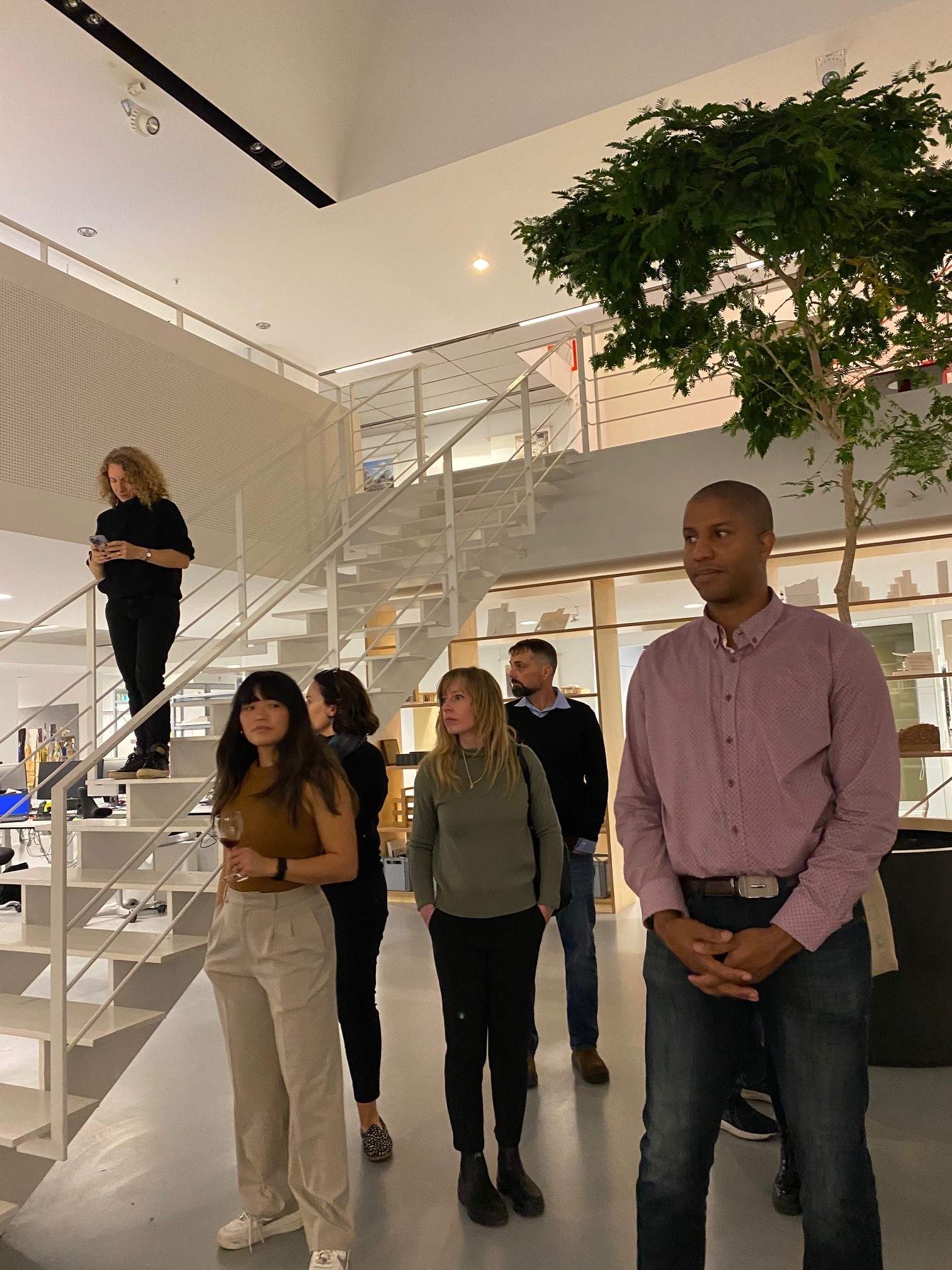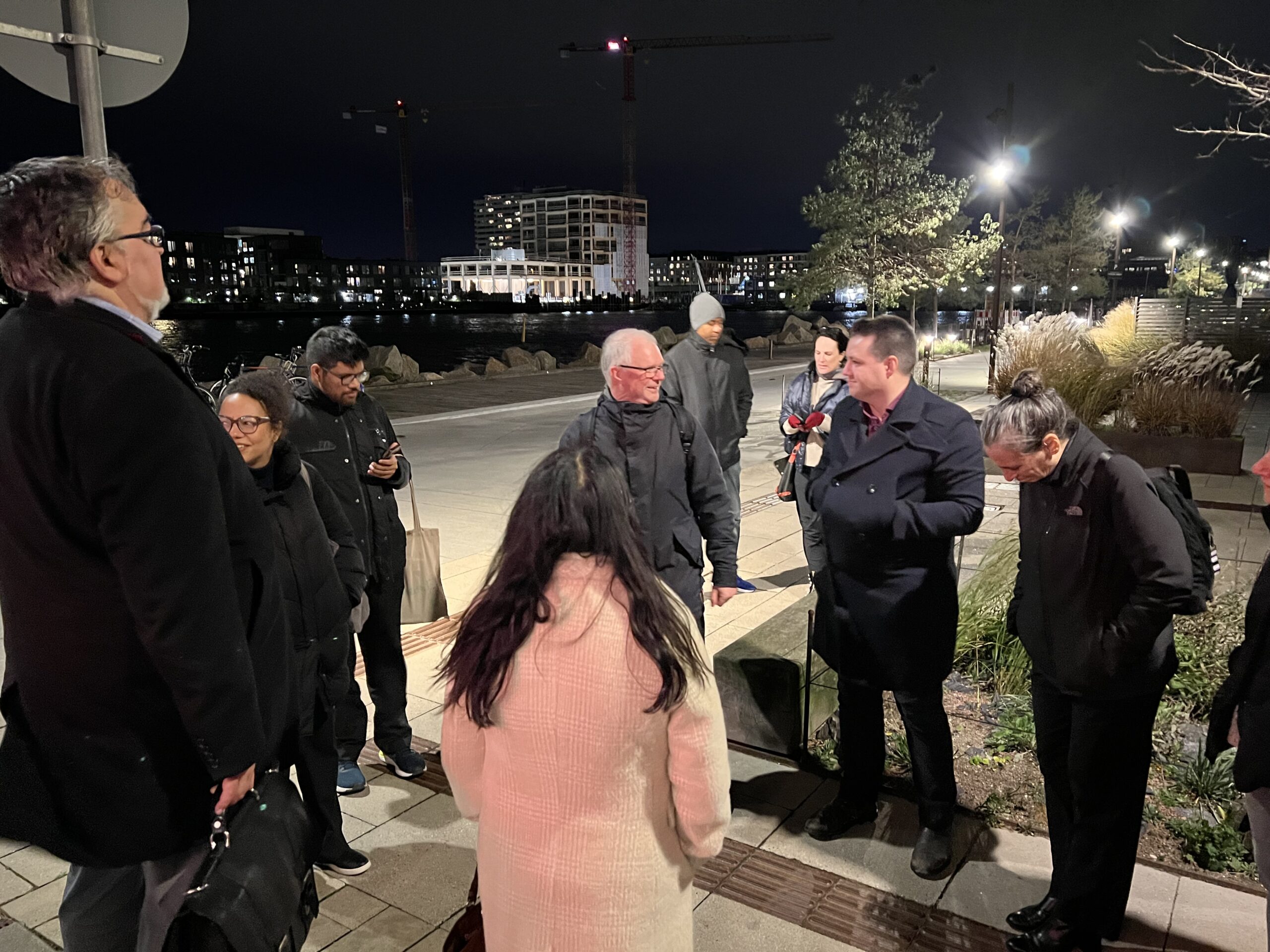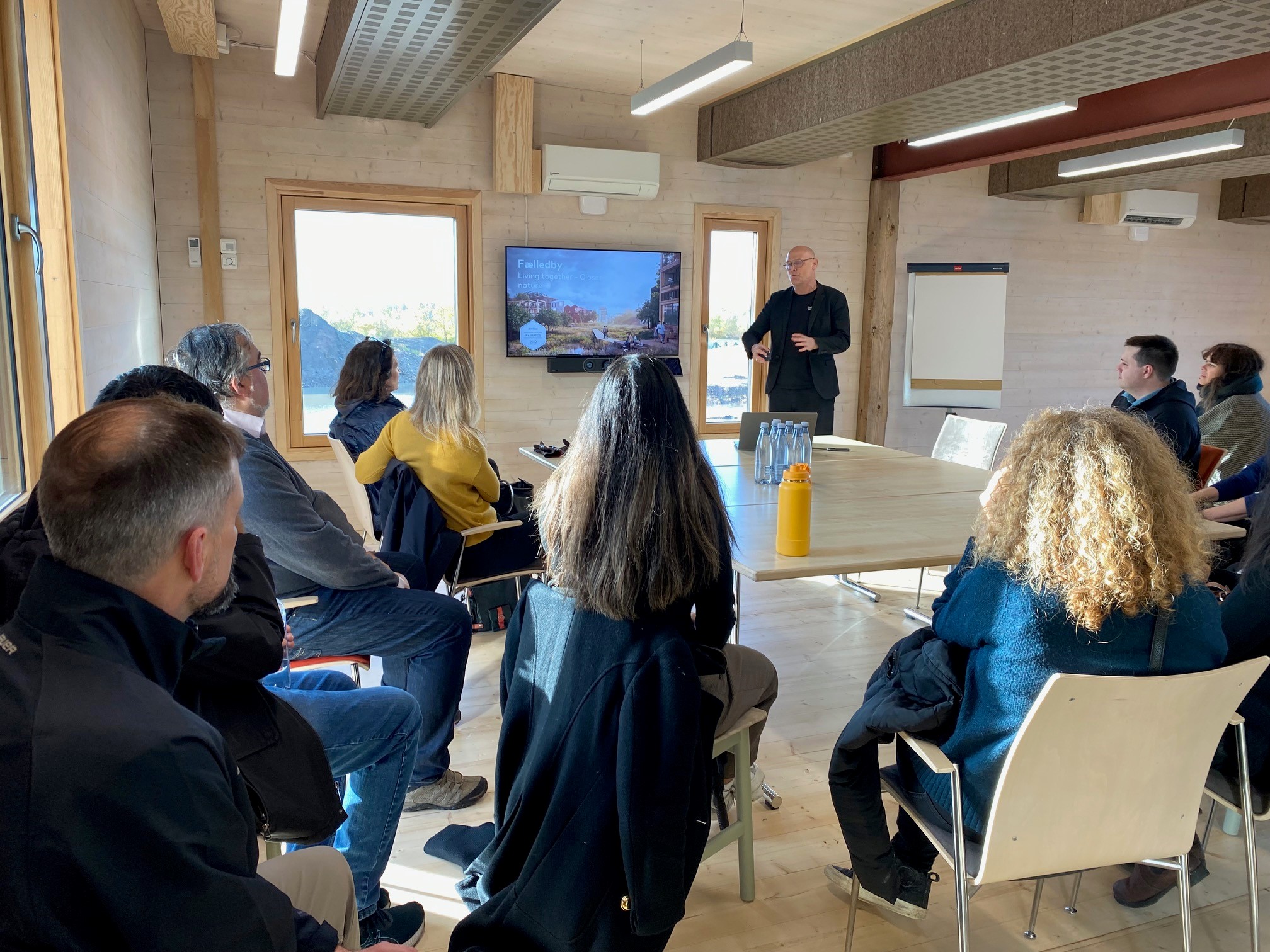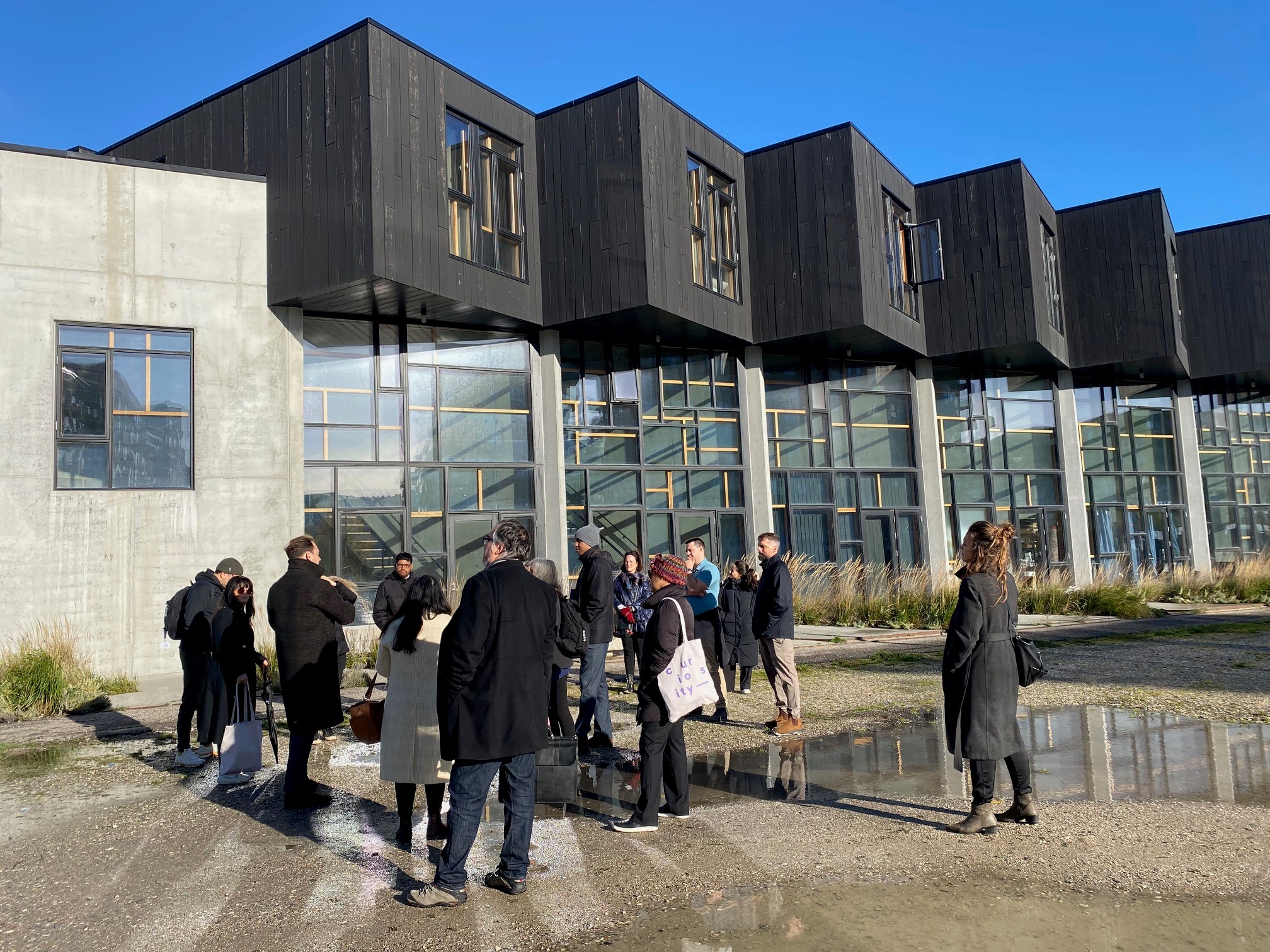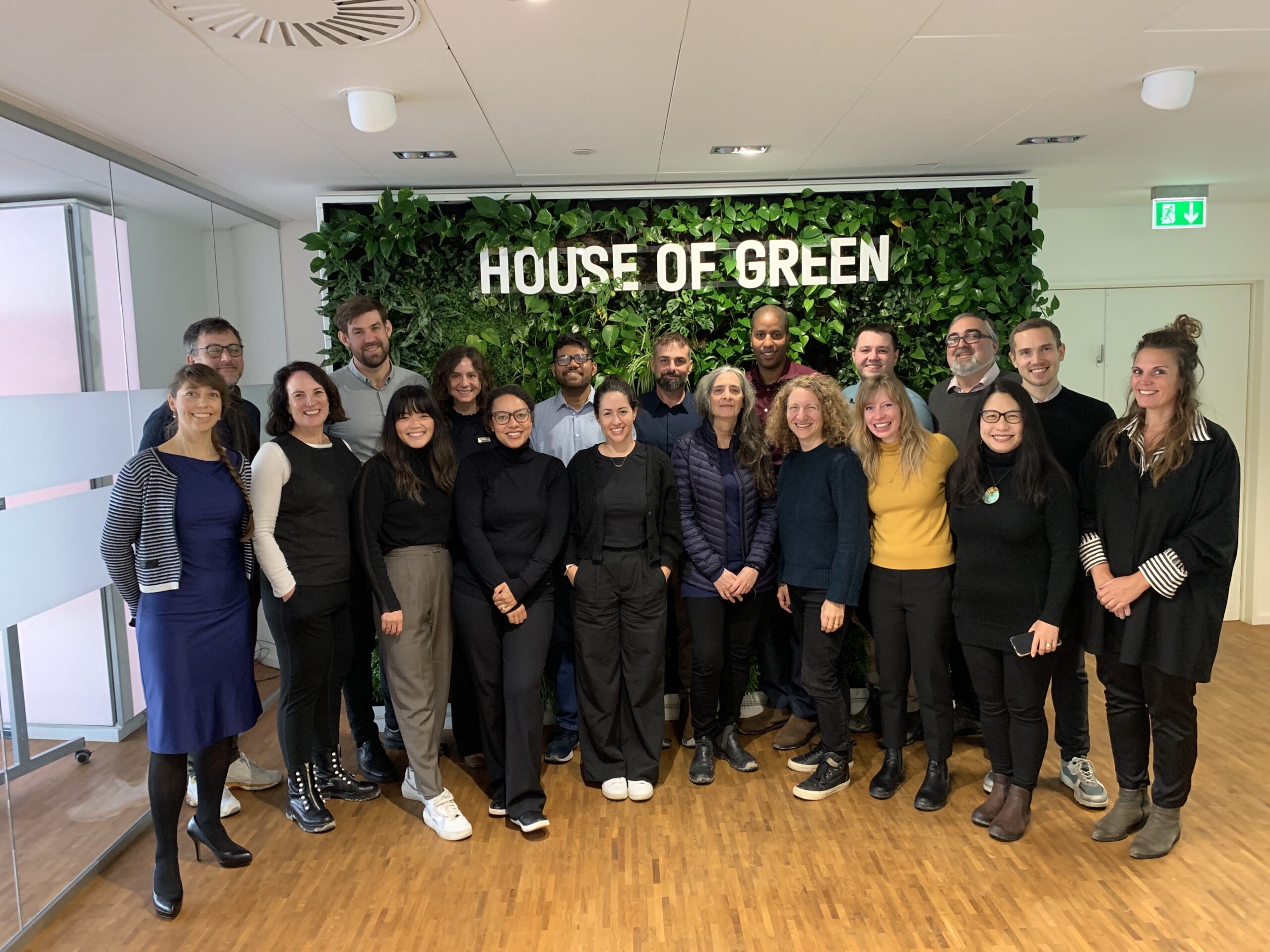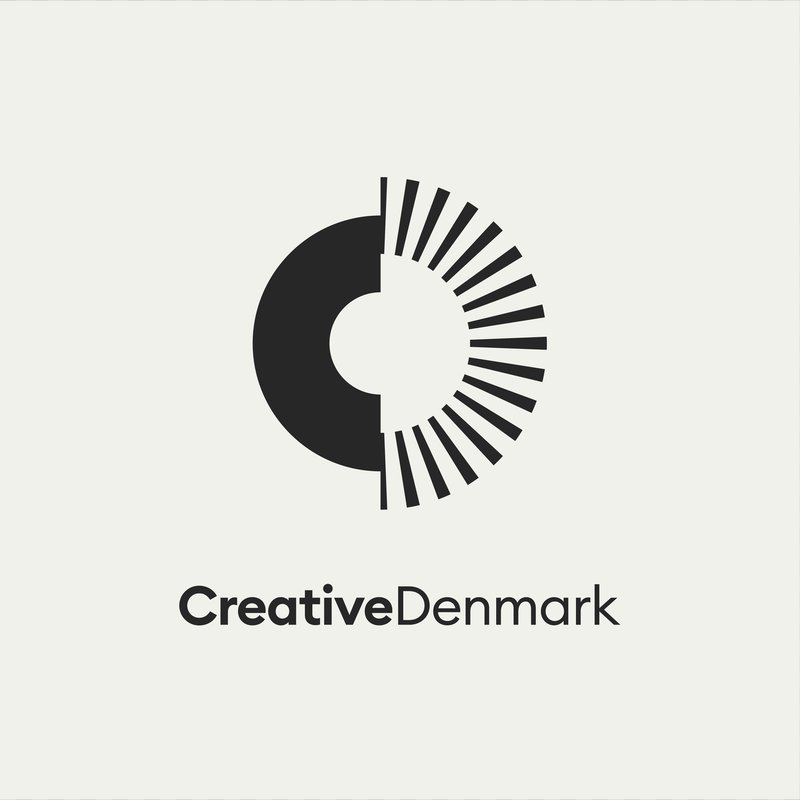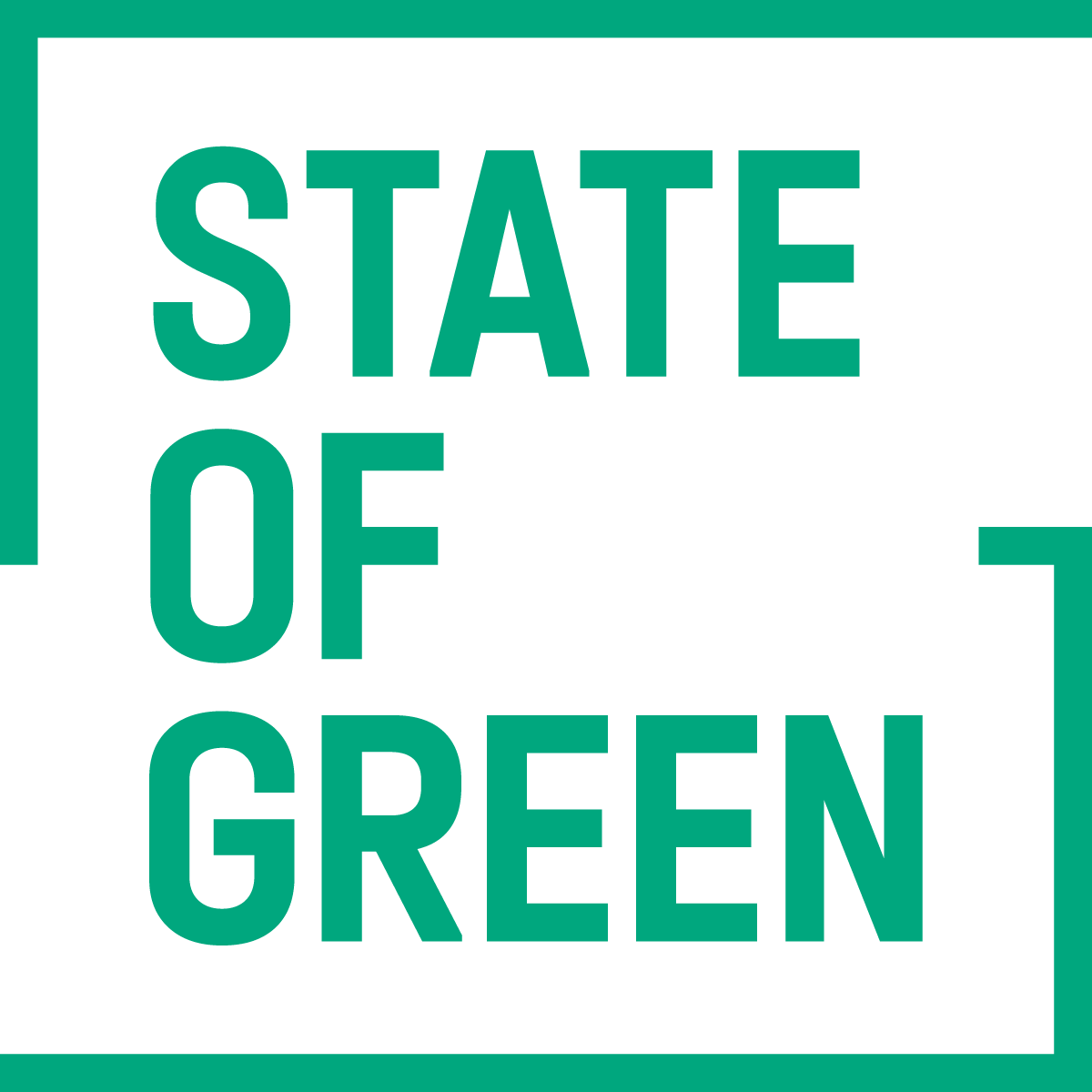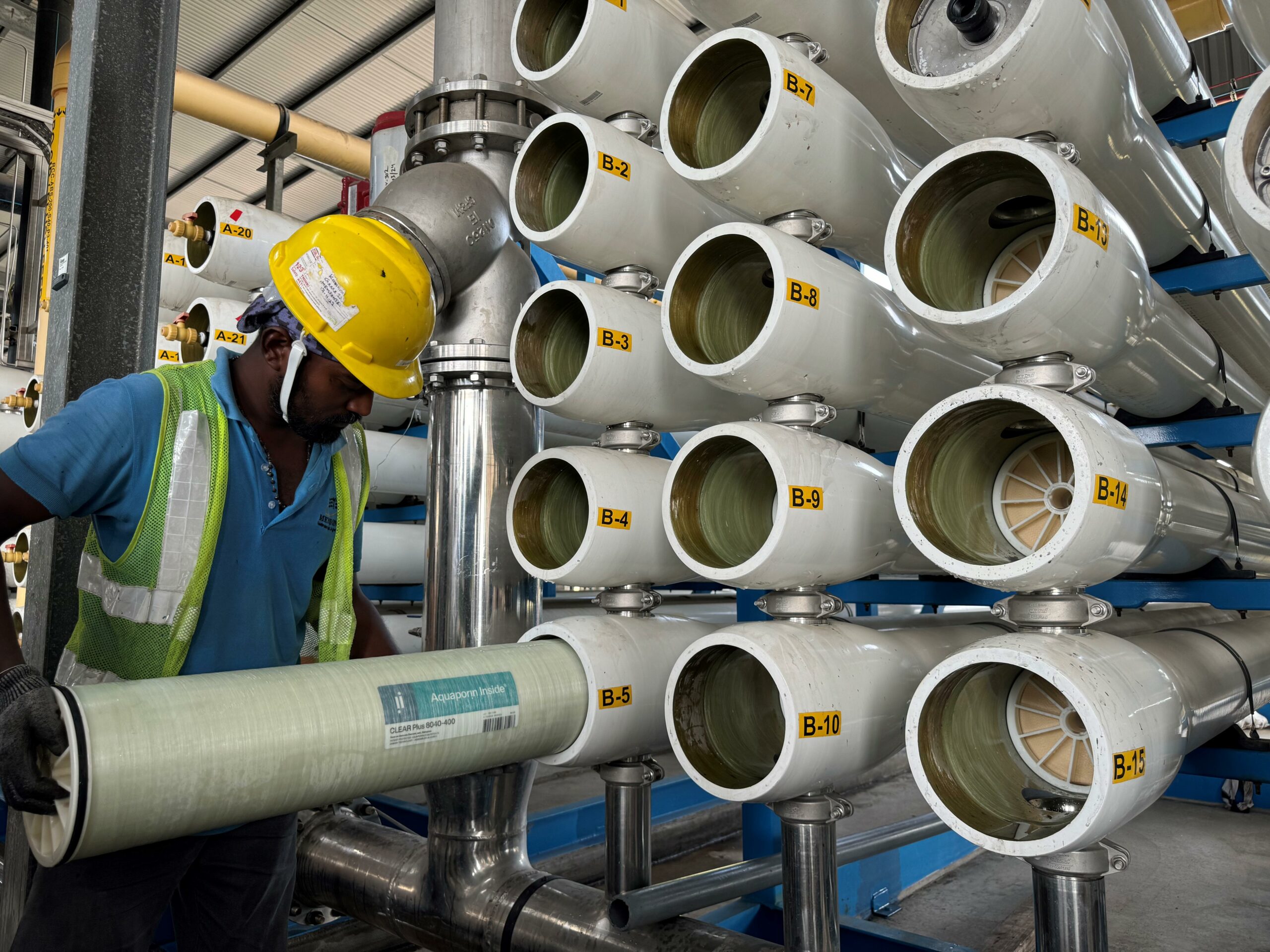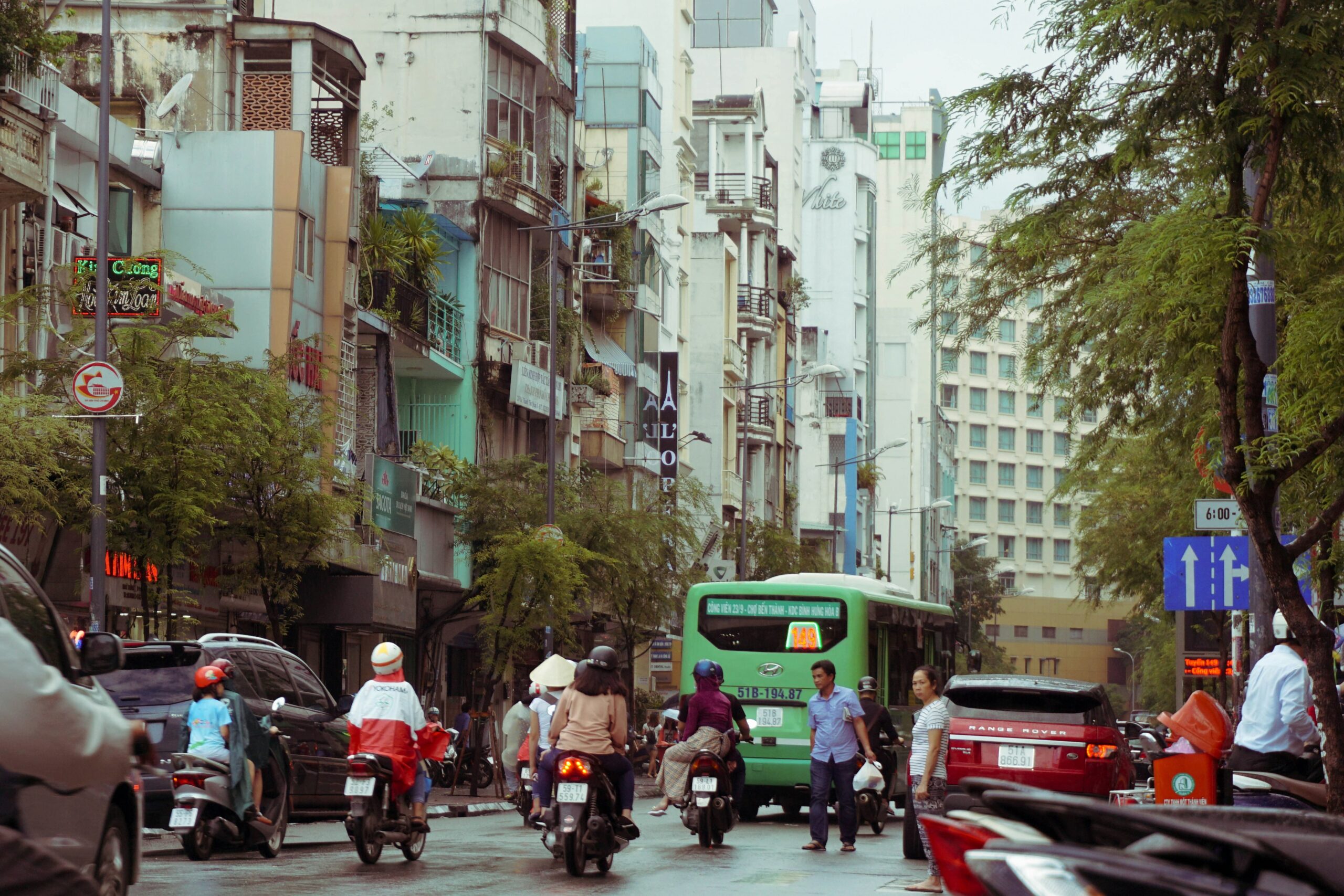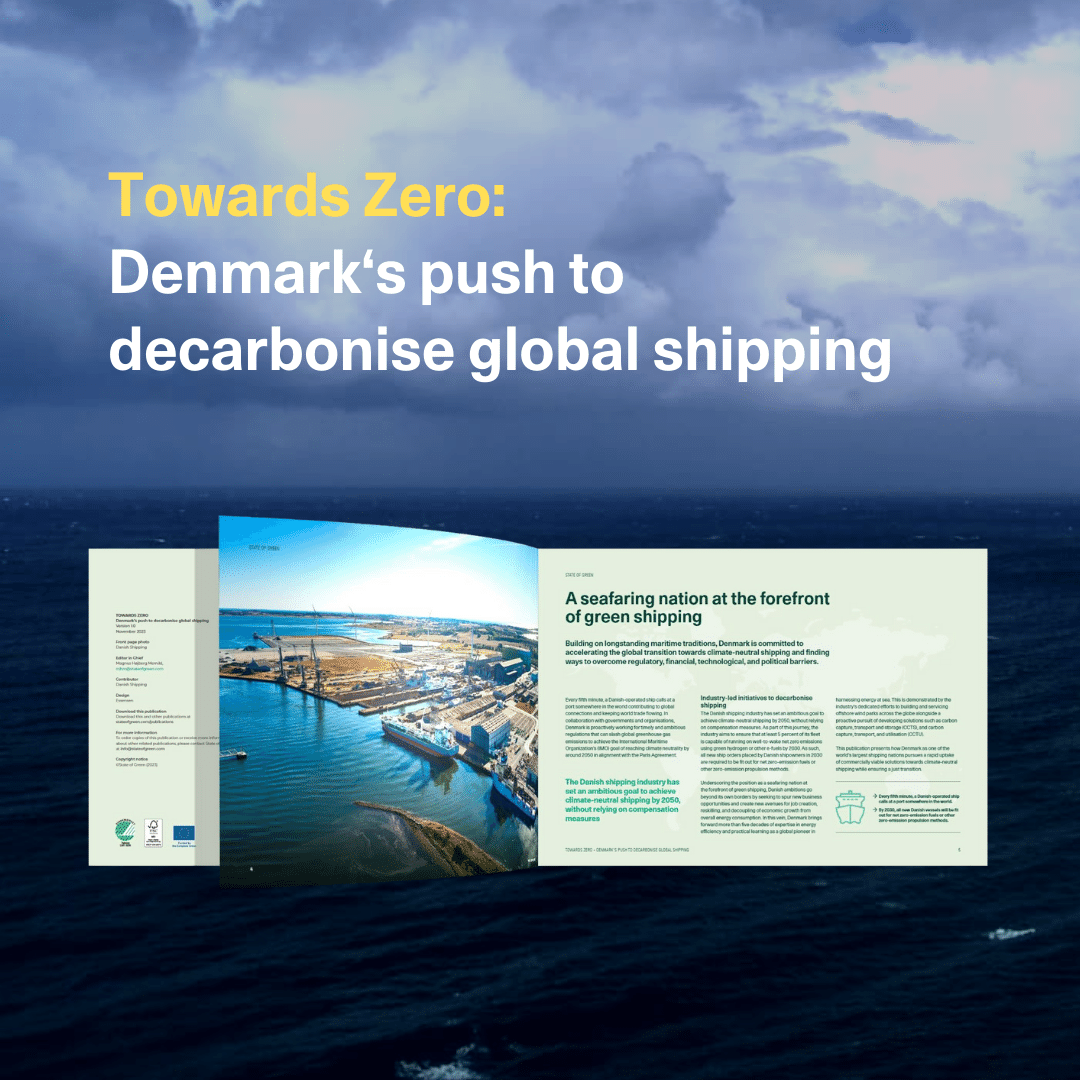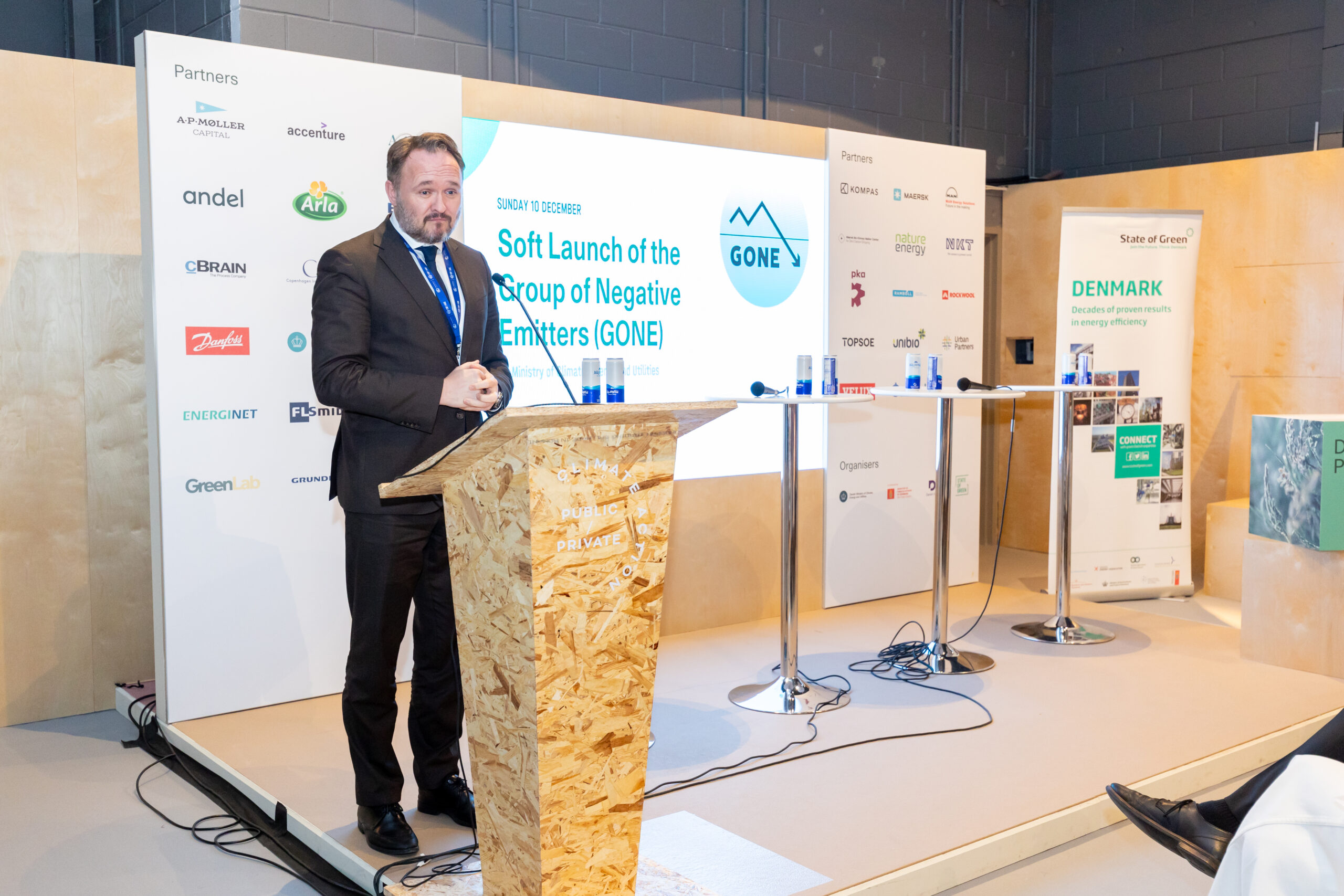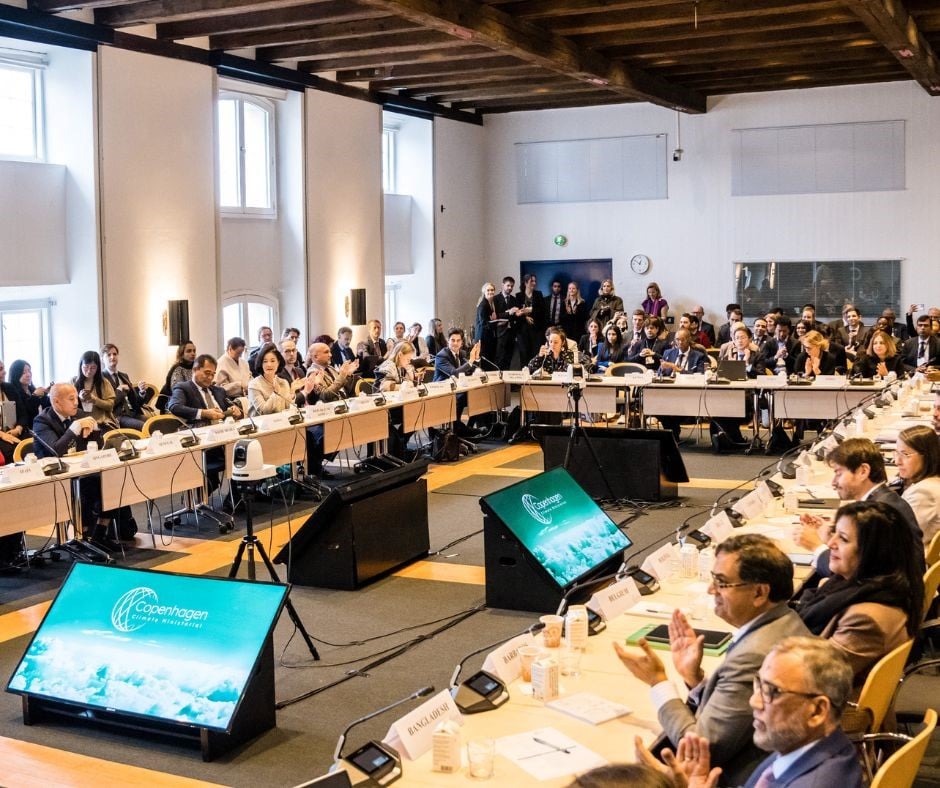Exploring the sustainable architecture of Copenhagen
In celebration of Copenhagen’s designation as the World Capital of Architecture for 2023 by UNESCO, State of Green and Creative Denmark invited a hand-picked delegation group consisting of 16 professionals, experts and decision-makers from the US and Canadian built environment to Copenhagen. Embarking on a 3-day long delegation trip, the group visited Copenhagen to discover sustainable urban planning and the many energy-efficient solutions which the Danish capital holds.
The tour started with an opening session at the House of Green, where the participants were welcomed with an introduction to Denmark’s green transition alongside insights from the Danish Energy Agency. After a guided tour to discover some of the energy-efficient measures in the House of Industries, the group continued with a visit to Living Places by VELUX, an experimental living environment with seven building prototypes designed for disassembly, reuse, and recycling of materials, holding the lowest CO₂ emissions in Denmark. The day finished off with a trip to the Carlsberg city district, a new area in Copenhagen, built and developed around the old brewery site of Carlsberg, ending with a visit to the headquarters of Henning Larsen Architects.
Day two started with a morning session in the House of Creative Denmark, with presentations from BLOXHUB and the City of Copenhagen, focusing on the Danish capital’s urban development and the city’s climate adaptation plans. The afternoon session brought the delegation to Nordhavn, a redeveloped area emphasizing livability, sustainability, and smart city solutions. Here, visits to architectural firms BIG and COBE, along with a guided tour of retrofitted buildings by Ramboll, highlighted the district’s transformation.
The final day began with a visit to Fælledby – a new hybrid neighbourhood, developed by PensionDanmark and Henning Larsen Architects, seeking to balance city and nature on the island of Amager. This was followed up by a visit to the Resource Rows, a housing project by Lendager Architects consisting of 92 flats built using upcycled and reused bricks from a demolished Carlsberg brewery. Lastly, the delegation returned to where it all started, with a company pitch session at House of Green, with presentations from Danish solution providers SHL Architects, Energy Machines and Danfoss.
“It was a pleasure to meet this devoted and dedicated group and feel their enthusiasm for the green building agenda. I hope that the visits and insights provided on this delegation trip can act as a source of inspiration, proving that sustainable, energy-efficient buildings are achievable without compromising aesthetics and quality of life.” Gry Klimose Holm, Senior Project Manager, State of Green
